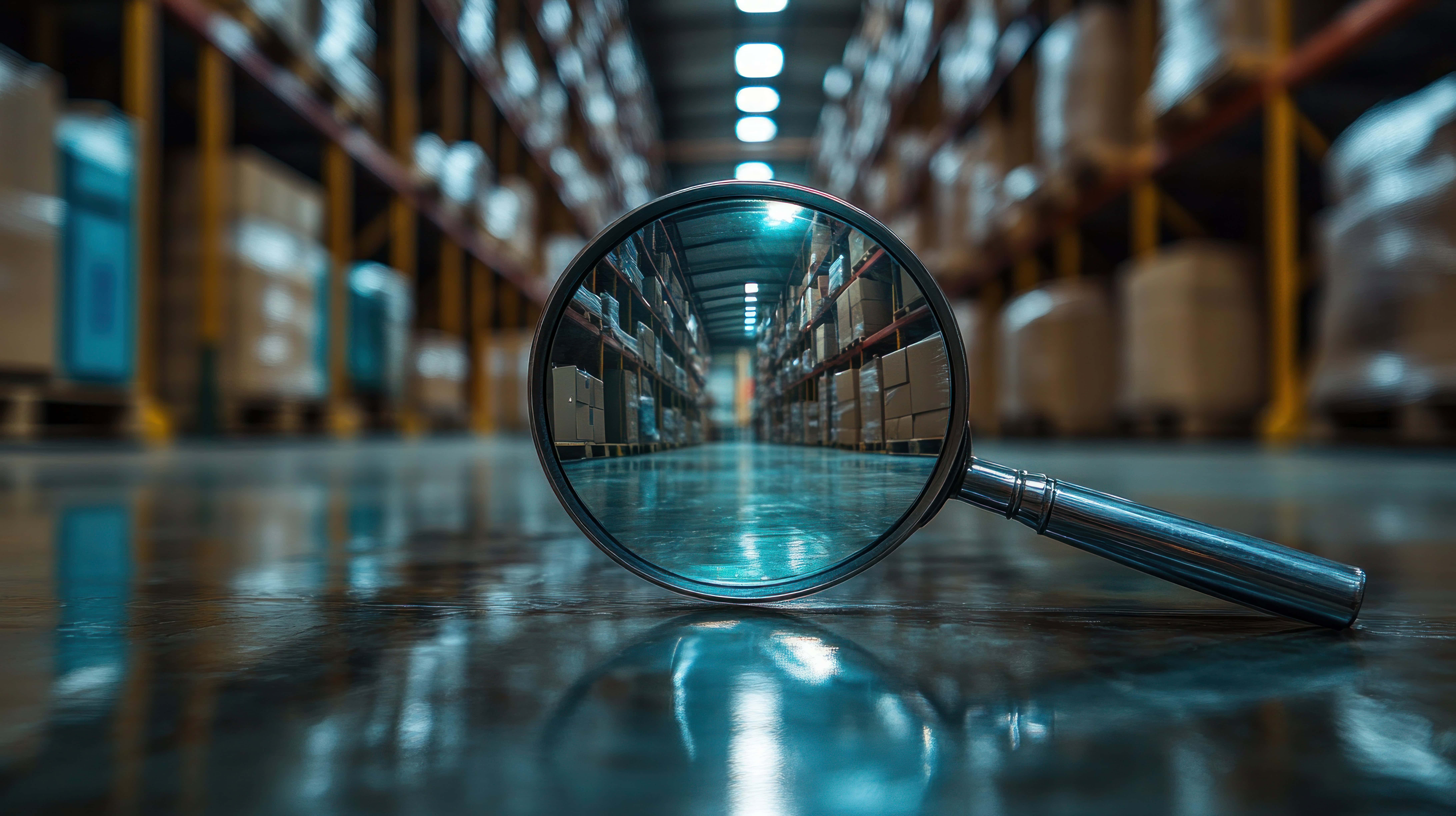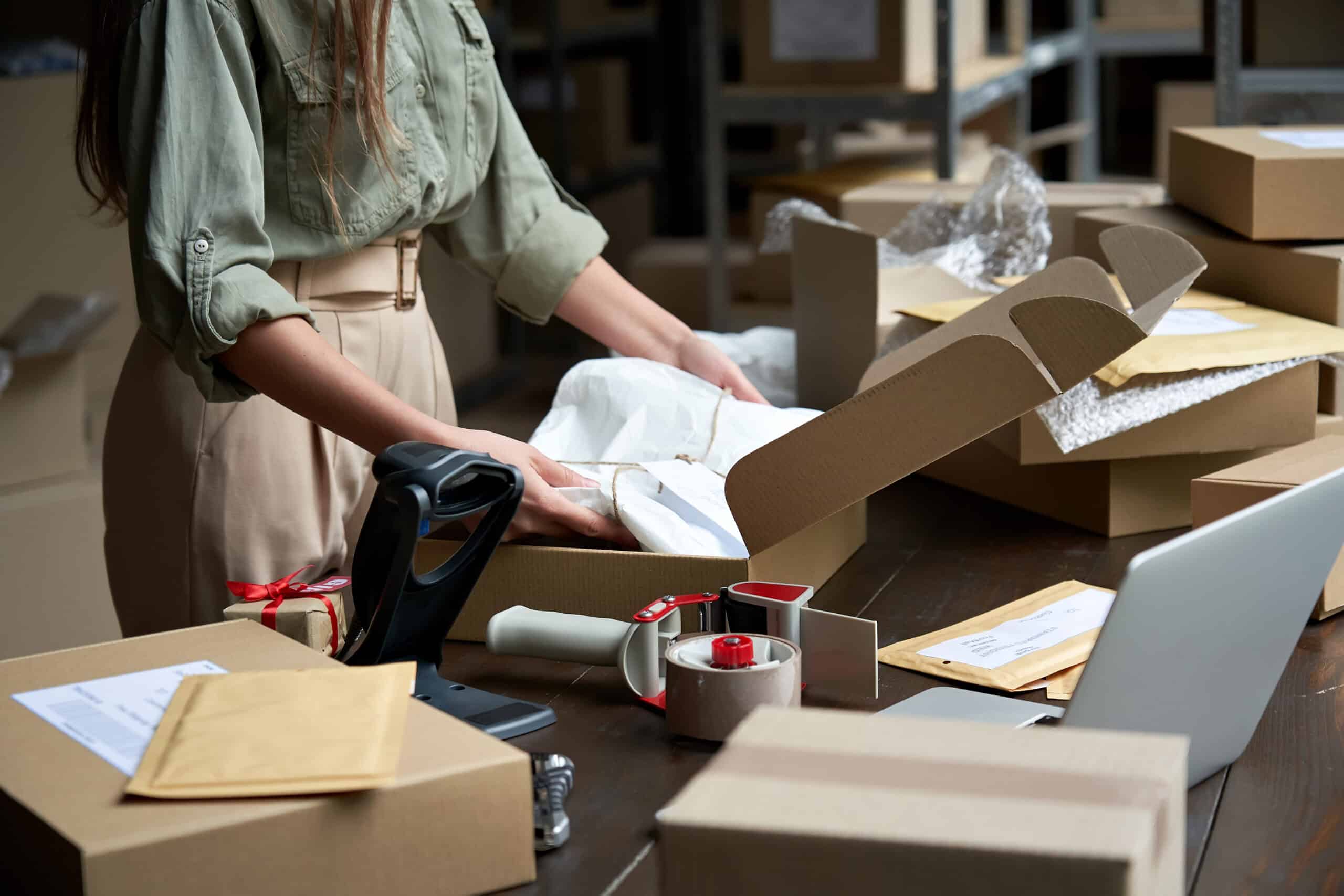3PL Warehouse Costs in 2025: What to Expect and How to Reduce Them
Choosing the right third-party logistics (3PL) warehouse is essential for improving your bottom line. Yet, understanding the full cost structure of a 3PL warehouse can be challenging for many businesses.
One of the most common questions we get is, “How much does it cost to use a 3PL warehouse?” The honest answer is—it depends. Variables such as order complexity, number of picks per order, and packaging requirements can all influence the cost. The good news is, with the right information, getting a tailored cost estimate is quicker than ever—often within 24 hours.
To help you make an informed decision, this guide breaks down 3PL warehouse pricing models, key cost components, and strategies to avoid hidden fees and minimise your logistics expenses.
What is a third party logistics (3PL) warehouse?
Third-party logistics warehouses provide businesses with support to store, pick, pack and despatch their products for delivery by a carrier. They enable businesses to focus on what they’re best at, without having to worry about running a warehouse. A 3PL will typically support multiple businesses across many different categories.
Many 3PLs now offer cutting-edge technologies like automation and robotics, enabling clients to scale with demand while improving operational efficiency.
Due to the fact that every 3PL has a different cost structure, it is not uncommon for 3PL ratecards to look very different across different 3PLs. While the structure and rates may be different, there are generally 6 key cost components.
Key 3PL Cost Components
Understanding each type of fee will help you assess total costs and negotiate more effectively.
1. Receiving and Inbound Fees
Charged when products arrive at the warehouse. Costs vary based on format (e.g., palletised or loose cartons), container size, barcode readiness, and number of SKUs.
Tip: Ensure products are pre-labelled and logically packed to reduce handling time and associated costs.
2. Storage Fees
Typically based on the actual space your goods occupy—by pallet, shelf, bin, or cubic volume. Monthly costs range from US$15 to US$40 per pallet.
Tip: Review your inventory turnover and eliminate slow-moving stock to avoid paying for unused storage.
3. Pick and Pack Fees
Fees range from US$0.50 to US$5 per item, depending on order complexity, product size, and volume. Many warehouses offer tiered or volume-based discounts.
Tip: Forecast future picks per order if you plan to expand your product range.
4. Packaging Costs
You’ll be charged for materials (e.g., boxes, satchels, bubble wrap). Costs range from US$0.10 to US$3 per order.
Tip: Using your own packaging is often allowed but may incur an additional fee.
5. Shipping (Carrier) Charges
Based on either deadweight or cubic (dimensional) weight, and shipping zone. Costs are often the largest portion of fulfilment expenses.
Tip: Choose a 3PL warehouse near your customer base to lower last-mile delivery charges.
6. Labour and Admin Costs
May be bundled into other charges, or listed separately as monthly admin or account management fees. These often reflect the level of support provided—from basic email service to dedicated account management.
Additional Charges to Consider
-
- Setup and Technology Fees: One-time onboarding fees can range from Free up to US$1,000, depending on integration complexity.
-
- Returns Management: Costs vary based on inspection and restocking requirements.
-
- Value-Added Services: Includes barcoding, kitting, and branded inserts.
-
- Peak-Season Surcharges: Applied during busy times like holidays. Always confirm these in your contract.
Common Pricing Models Explained
Activity-Based Pricing
The most popular model, charging per service (e.g., pick, pack, store). Rates may vary based on your volume and needs.
Flat-Rate Pricing
Simplifies billing with a fixed fee per order or month. Offers predictability, but may include a built-in margin.
Pass-Through Pricing
Provides full transparency—clients pay wholesale rates plus a small markup. Great for tracking real service costs.
Avoiding Hidden Costs
Hidden fees can significantly inflate your logistics budget. Common pitfalls include:
-
- Not briefing your 3PL fully: Uncommunicated requirements may lead to unexpected charges.
-
- Working with dishonest providers: Some underquote to win business, then raise prices later.
Solution: Share detailed data upfront, and work with pre-vetted 3PL partners who offer transparent pricing.
How to Choose the Right 3PL Partner
When evaluating potential providers:
-
- Check reviews on platforms like Trustpilot and Reddit.
-
- Assess their scalability, tech integration, and support levels.
-
- Understand their pricing model in detail.
-
- Confirm their experience handling your product type or order volume.
Pro tip: Treat your 3PL as a true partner. Keep them informed of upcoming promotions, stock changes, and product launches.
Ongoing 3PL Cost Management
Your relationship with your 3PL provider should evolve with your business. Regularly assess:
-
- Shipping volume and storage needs
-
- Pricing structure and volume discount eligibility
-
- Communication effectiveness and fulfilment efficiency
Many cost savings are unlocked through better forecasting, streamlined receiving, and strong collaboration.
Need Help?
If you’re unsure where to start, try our free 3PL Cost Calculator, or contact us for access to pre-screened 3PL warehouse providers who offer reliable, transparent pricing.





